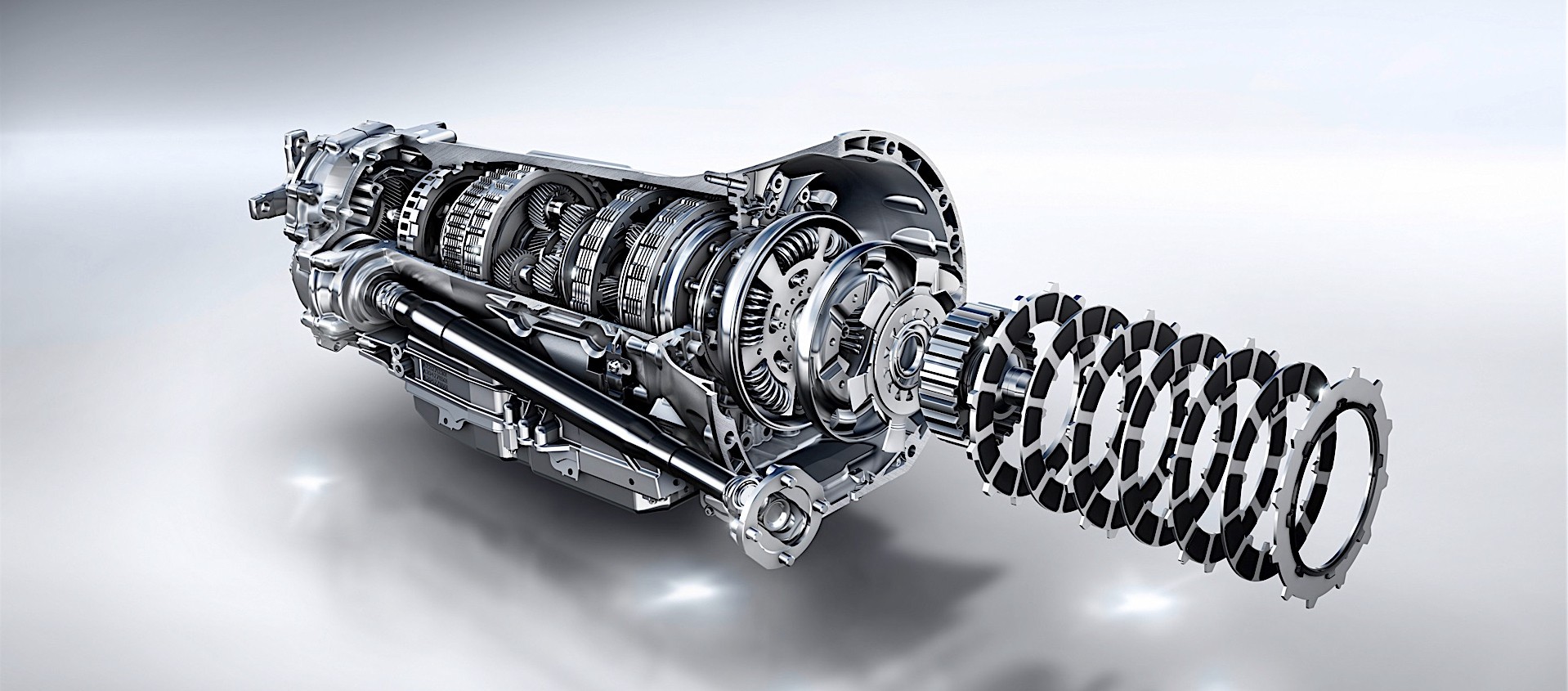RickMM
Active Member
- Joined
- Feb 26, 2016
- Messages
- 204
- Car
- C63 Saloon
Don't know whether others have seen this thread?
It largely relates to cars with a conventional torque converter, and gets a bit wayward in the middle regarding brake lights, but was curious what people with the automatic clutch type transmission (e.g. MCT on later C63s, etc) do in this situation?
P on Traffic Lights?
It largely relates to cars with a conventional torque converter, and gets a bit wayward in the middle regarding brake lights, but was curious what people with the automatic clutch type transmission (e.g. MCT on later C63s, etc) do in this situation?
P on Traffic Lights?


